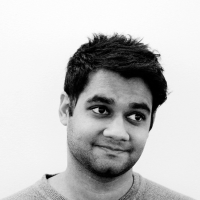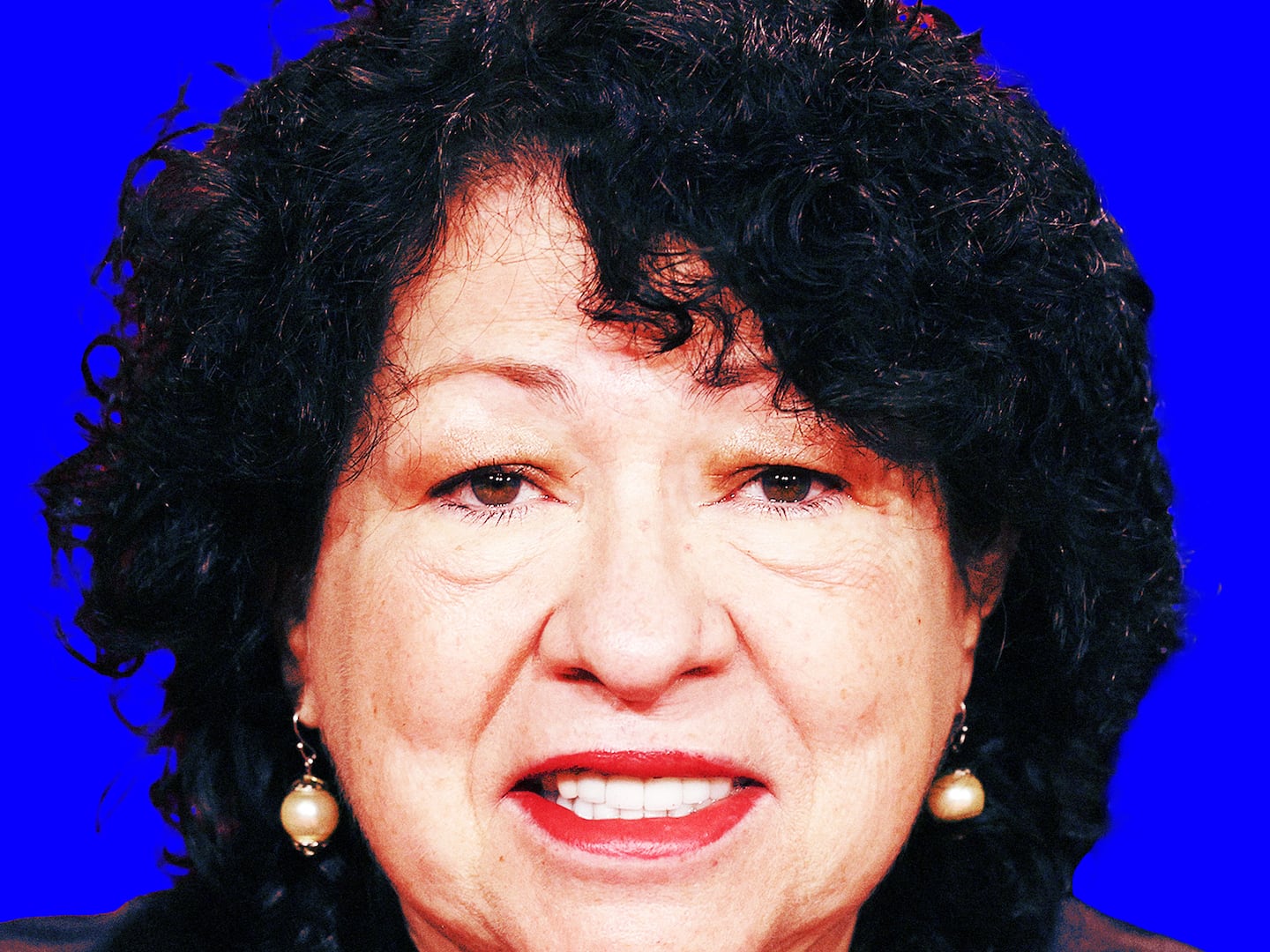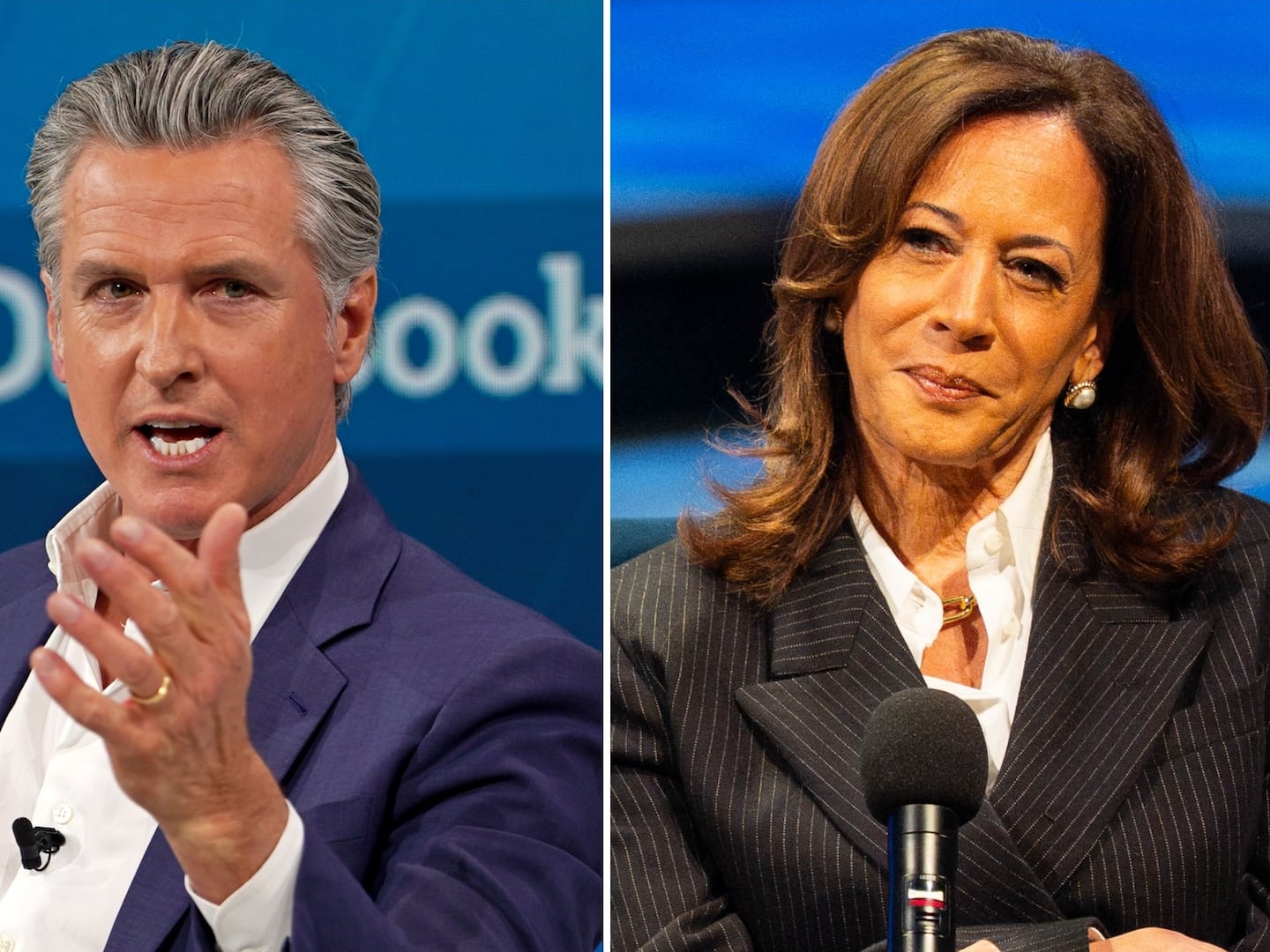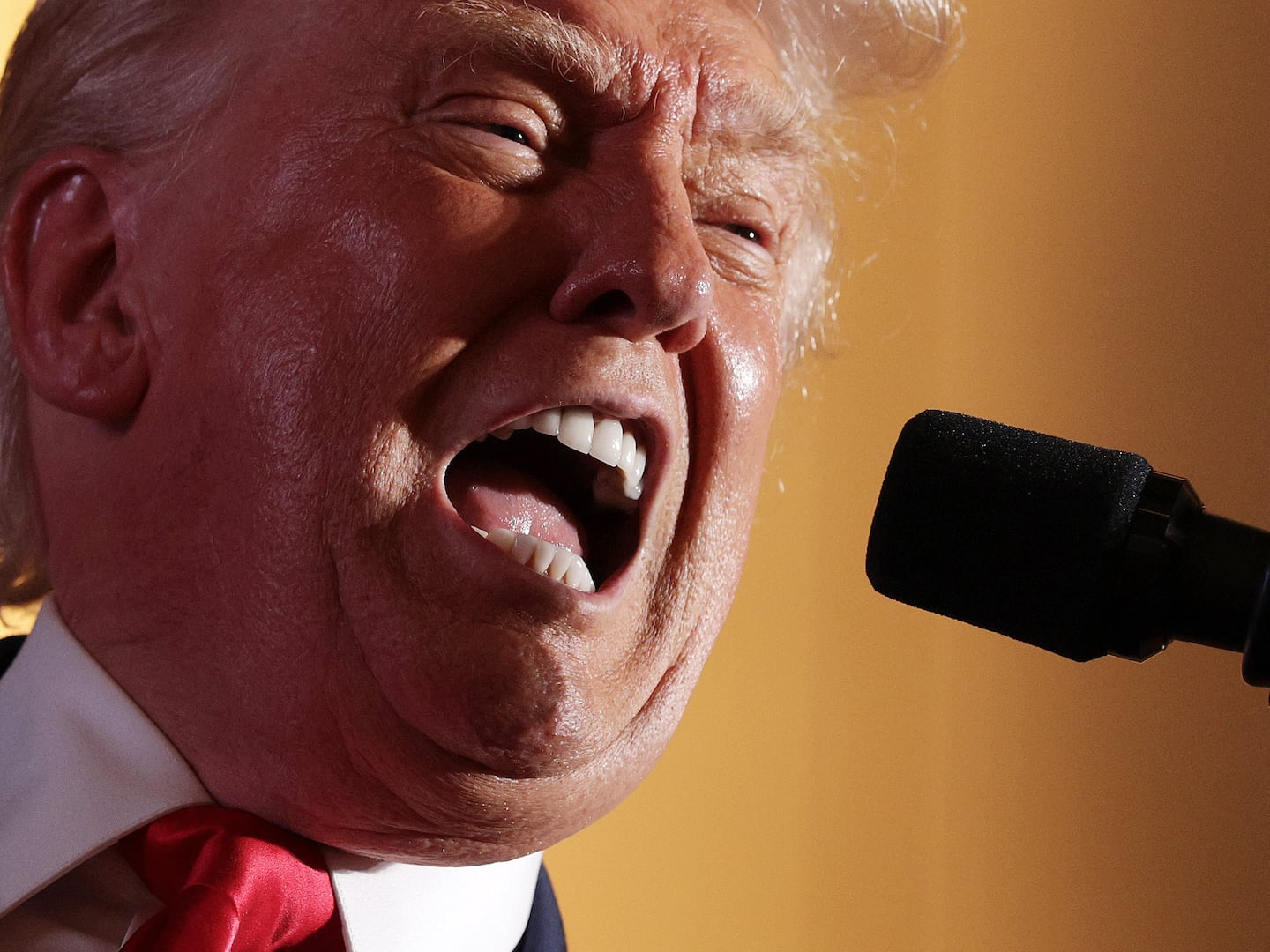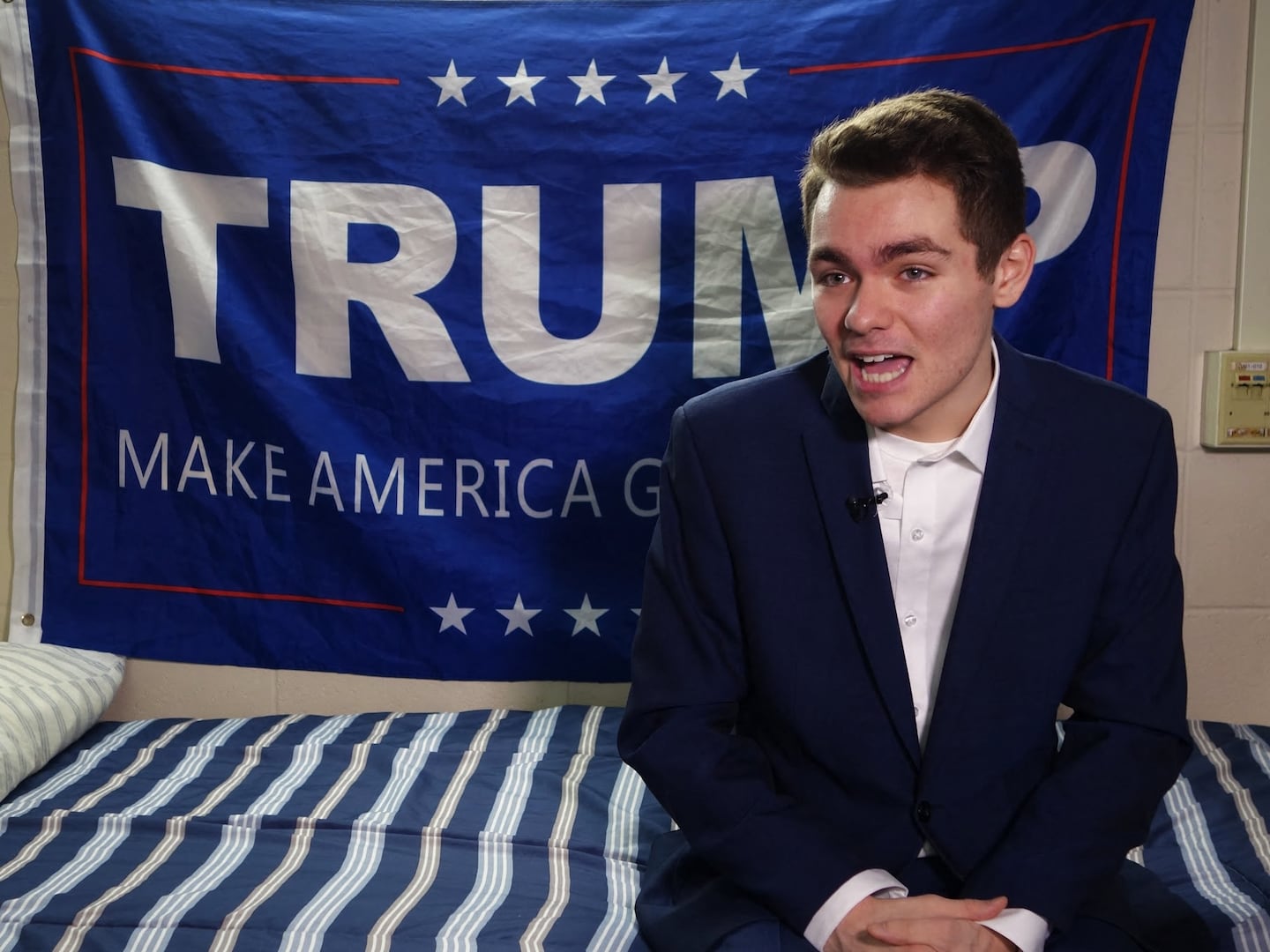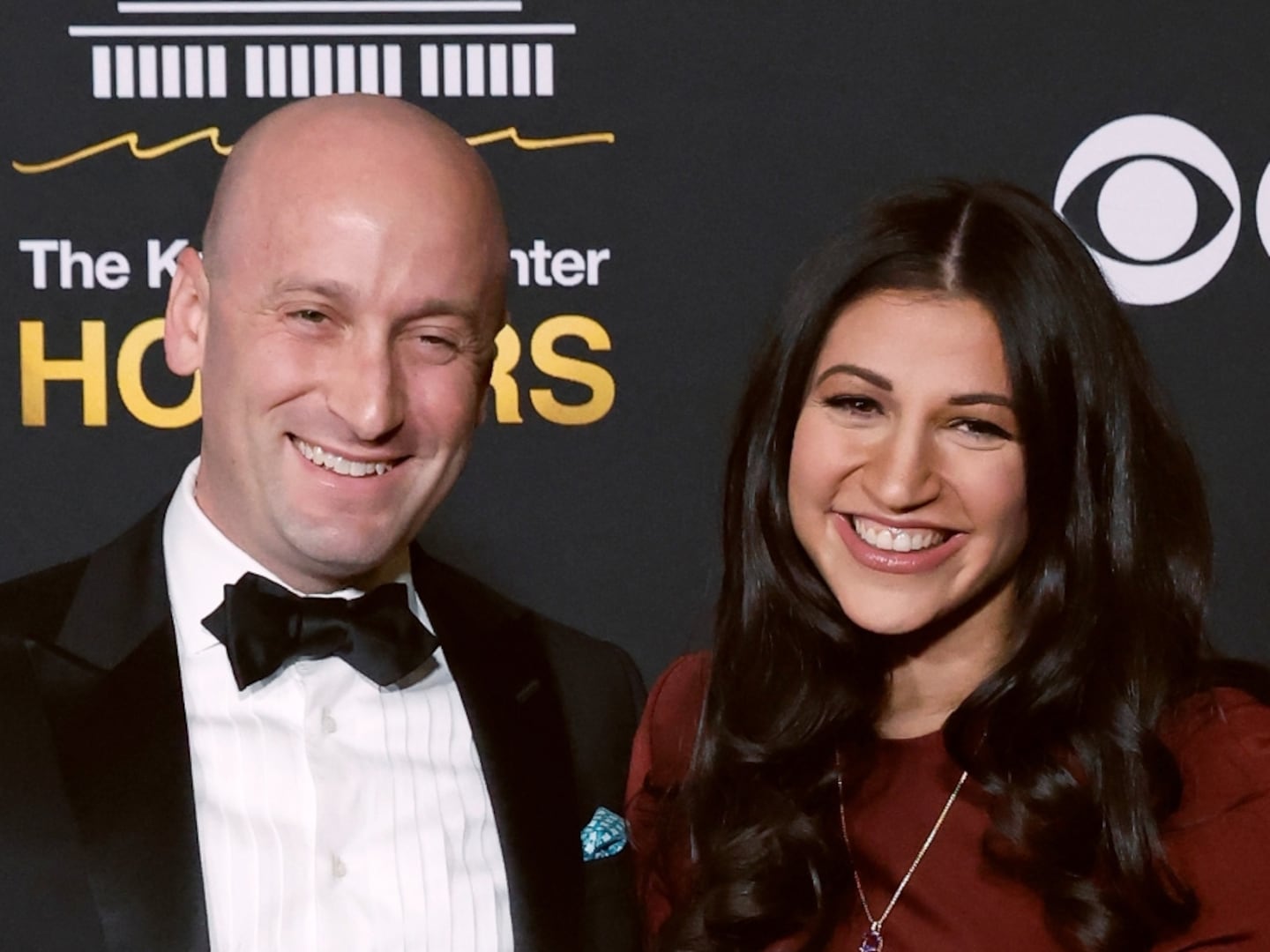In the 80s, the Bollywood hero’s sister existed primarily to be raped, fueling revenge sagas. The villain—sinewy and oily, his tight black underwear and porn mustache drenched with sweat—would grunt and grope his way into the distressed damsel’s sari. The scene was grotesque and cliché, but for an industry historically afraid of showing flesh, onscreen molestation titillated.

The argument, propagated by bloviating pundits, that Bollywood is to blame for the brutal gang-rape and murder of a young girl in Delhi is, to use some dialogue from Hindi movies, rubbish. Like any film industry, India’s movie-making machine is both progressive and regressive—there are films like Zero Dark Thirty and there are films like White Chicks. Quentin Tarantino and Inglourious Basterds did not spark the Aurora shooting. Movies don’t exist in isolation.
Yet, there’s no question that the Indian film industry objectifies women. “Item numbers,” or songs in which scantily clad vixens gyrate to suggestive lyrics with little connection to the plot, are a staple of mainstream cinema.
“If you say that rape happens because Indian movies are projecting women nude—it’s not true,” says Dr. Ranjana Kumari, director of the Center for Social Research, an institution for women’s rights in India. “But, it does add to the culture of sexualizing women.”
The idea of “eve teasing,” when the hero relentlessly pursues his potential lover despite her refusals, is under heavy scrutiny. Rachel Dwyer, a professor of Indian cinema at the University of London, says it’s an old trope and a fine line between seduction and harassment. It’s nothing totally foreign though. Remember when Ryan Gosling hangs from the Ferris wheel demanding that Rachel McAdams go on a date with him in The Notebook? It’s like that.
Modern Bollywood is “completely schizophrenic,” says film critic Anupama Chopra. “You can have women thrusting and grinding in the rain, but you can’t show lips locking.” Here, we examine its origins—a queasy history of violence and sexuality.
The awkward rape scene in Dil.
Few remember that Indian films in the ‘30s and ‘40s didn’t shy away from bedroom shenanigans. 1933’s Karma, shot in English in England, had a four-minute kissing scene. But with the establishment of the Film Advisory Board in 1940 and in the decades after independence, the industry became more conservative. Steamy situations made stiffs uncomfortable. But really, it was a self-imposed censorship.
Then the “rape genre” debuted. The ‘70s and ‘80s had bona fide rape stars, bad guys racking up body counts. The ew-inducing Ranjeet is notorious for having taken part in an estimated 400 scenes. “As soon as you saw the hero’s sister you were like, ‘OK, she’s here to get raped,’” says Chopra. What better way to make the hero angry enough to take on an army of 20 goons?
The ‘90s rebelled, with films shifting to more family-driven sagas. That's not to say rape was eradicated. The romantic comedy/drama Dil follows an interesting arc: boy meets girl, boy and girl engage in prank war, girl accuses boy of rape and ruins his reputation, boy drags girl to a deserted shed and threatens to rape her.
“Do you know what rape means?” the hero Aamir Khan asks Madhuri Dixit. “If I wish to, I can ruin your life in two minutes. I can violate not only your body, but your soul.” After this scene, boy doesn’t rape girl, girl falls in love with boy, girl kisses boy in front of college. And that’s all before the intermission! (FYI, that’s like Billy Crystal telling Meg Ryan, “You know, Sally, I could rape you.”)
Even in the 1995 film Dilwale Dulhania Le Jayenge, widely considered the standard for love stories, there's an odd scene in which actress Kajol gets drunk and wakes up the next morning without clothes in the hero’s bed. He teases her, creepily insinuating that they had sex. He even shows her lipstick marks on his chest. She cries and he confesses. “I know what honor means for the Indian women,” says Shah Rukh Khan, milking the melodrama and getting serious. “Not even in my dreams can I imagine doing that to you.”
Then there’s the scene from 2009’s 3 Idiots (a film made by Chopra’s husband) in which a college speech has the Hindi word for chamatkar (miracle) swapped with balatkar (rape). And in last year’s Rowdy Rathore—whose nonsensical plot is composed of lookalikes, goons, villagers, and gratuitous violence—the hero refers to his girlfriend as “mera maal,” which roughly translates to “my property.” Of course, those who made the film say it’s all in “fun.”
But what difference does Bollywood make on a diverse culture one billion strong? “Chauvinism, sexism, double standards deeply entrenched in India won’t be solved because Bollywood will wake up and say, ‘Let’s be respectful,’” says Chopra.
She’s right. As the nation churns with cultural change, finally galvanizing protests against something that’s plagued society for years, depictions of sexuality will change onscreen. And despite the occasional three-hour running time, it does matter. The gang-rape victim was nicknamed “Damini,” inspired by the 1993 film of the same name about a rape case. While films don’t sanctify the abuse of women, if there’s something of substance to be said, India is watching.
